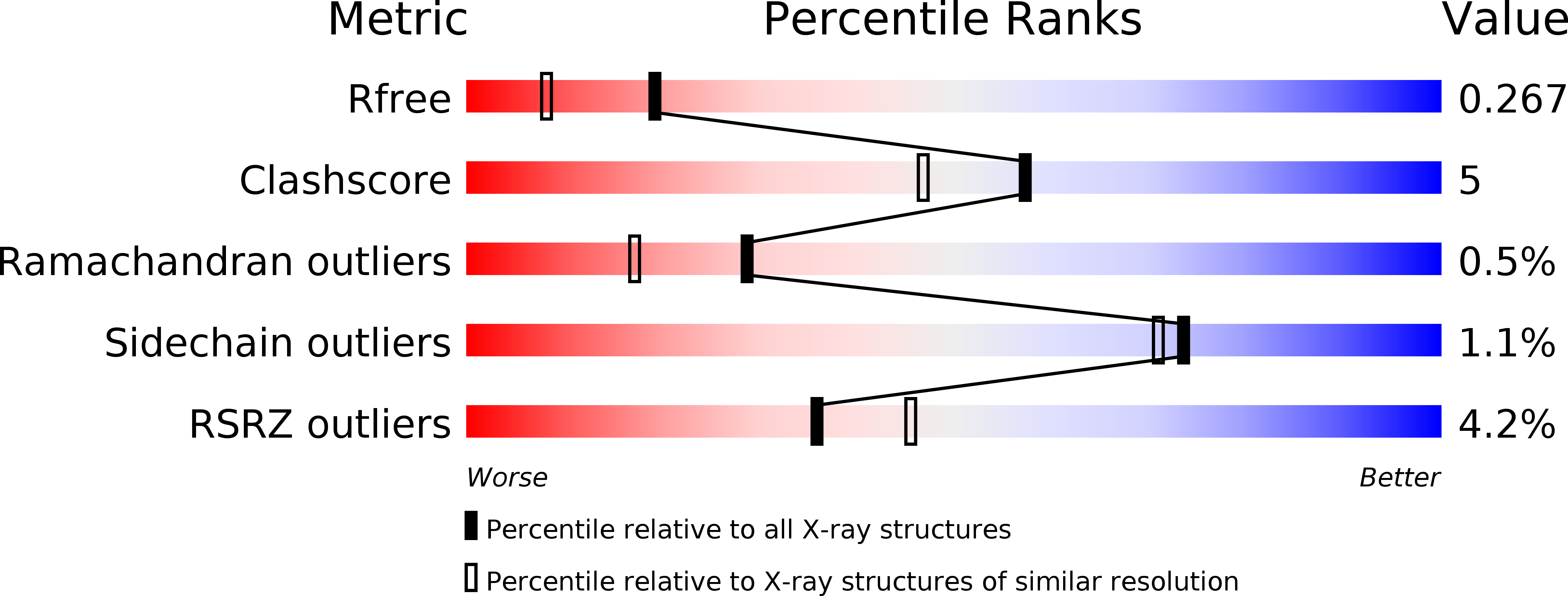
Deposition Date
2014-02-26
Release Date
2014-07-16
Last Version Date
2023-09-27
Method Details:
Experimental Method:
Resolution:
1.95 Å
R-Value Free:
0.27
R-Value Work:
0.22
R-Value Observed:
0.22
Space Group:
P 61 2 2


